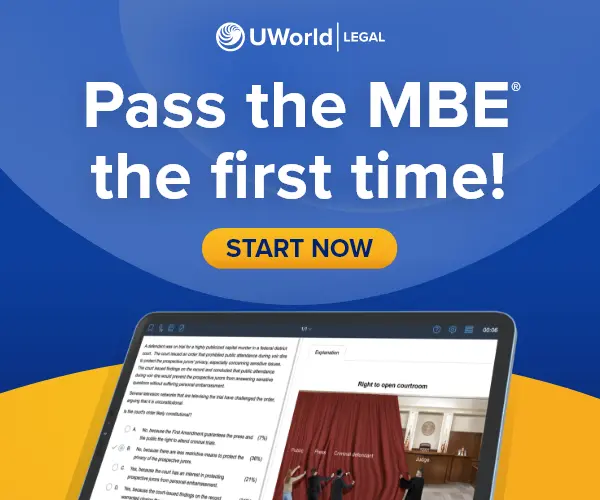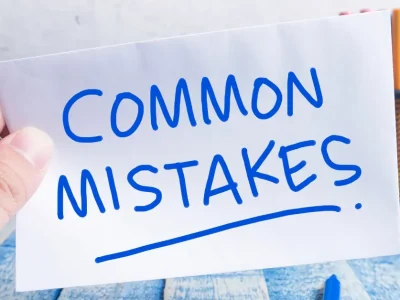Just seeing the word “future interest” may make your stomach churn. Although future interests can seem intimidating, they’re easy if you can remember how to distinguish between them. Right now, let’s focus on future interests that arise when a grantor transfers less than what he owns—i.e., by conveying a life estate, fee tail, or term of years.
If the grantor keeps what “remains” after the conveyed interest naturally ends, the future interest is a reversion. If a third party gets what “remains,” the future interest is a remainder.
A remainder can either be vested or contingent, depending on two factors:
- condition precedent – whether there is a condition that the remainderman must meet or an event that must happen before the remainder can vest
- identifiable remaindermen – whether the remaindermen are currently unknown or unborn
Vested remainders are not subject to a condition precedent and are held by an identifiable living person. Contingent remainders are the opposite. They are subject to a condition precedent and/or are held by an unknown or unborn person.
Take a look at these examples:
Use this tip when answering practice questions in the UWorld MBE QBank. Click here to access our QBank or purchase a subscription.
MBE® is a registered trademark of The National Conference of Bar Examiners® (NCBE®). NCBE does not endorse, promote, or warrant the accuracy or quality of the products or services offered by UWorld Legal.




